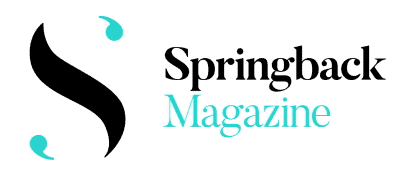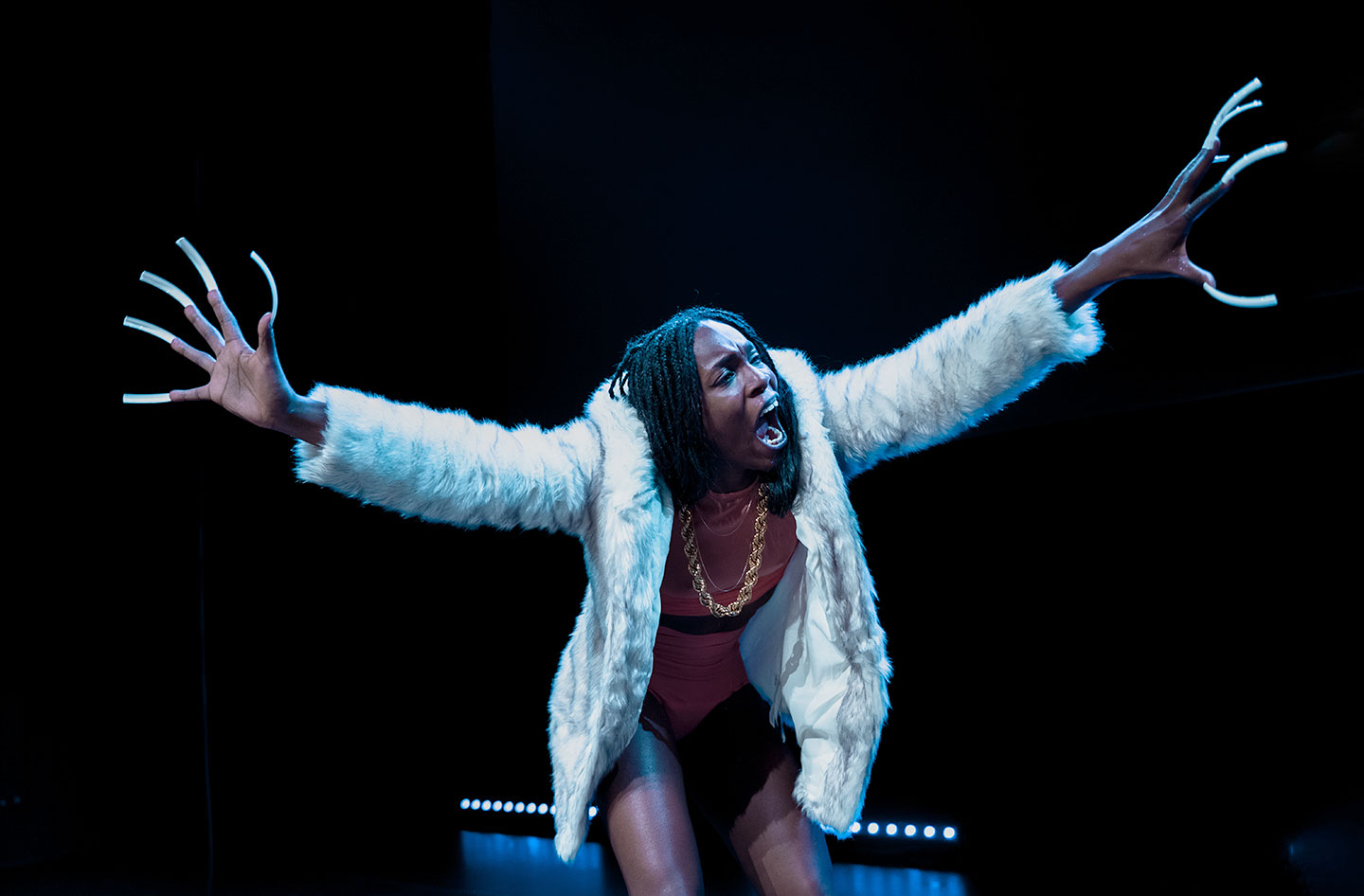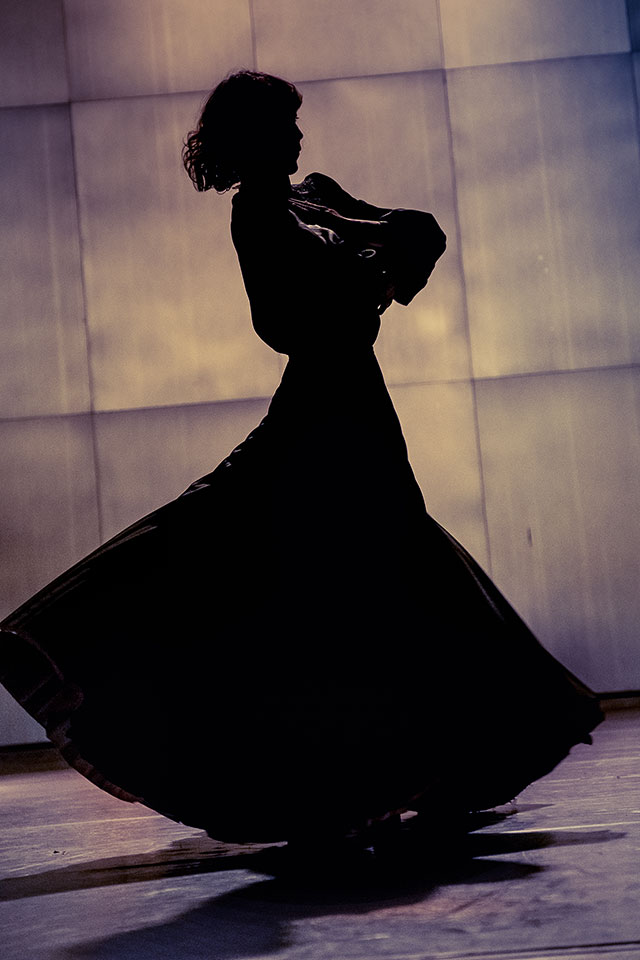JRT: REDO wants to be a powerful tool in this regard. It focuses on the body we are seeing – a body with one hip, a shorter leg, two malformed arms. The solo starts with him illuminating his three-fingered hand with a lamp, then plays with the shadows his prosthetic leg projects. The way this dancer manages his physique to perform is the sole line to be followed. Actually, isn’t this the core of every dancer’s practice? We train our body to make it play to our advantage. Only, in the case of REDO, the uniqueness of his body is more visible, and carries a social and political narrative, a story of empowerment.
LFS: I found myself again limited by my own biased perception. I found it cheesy, and was once more lost by the choreographic direction. I wanted to believe that what I was seeing was not all about his differently abled body. But the dramaturgy, soundtrack and lighting kept reinforcing the feeling that it was just about that.
JRT: I agree some elements can come across as cheesy: the distracting, action-movie soundtrack, or the way the pantomimic links between one choreographic sequence and the next.
Looking at both solos: what bothered you about the overdramatic feel?
LFS: I frequently wonder why concept and physical execution feel so disconnected, or even not related at all. Either the movements feel like a decoration to what the piece is proposing, or the opposite: the conceptual layer feels put on top of virtuosic movements, without adding anything.
JRT: It’s interesting that hip-hop based performances designed for the stage often are built into melodramatic settings, closer to pop-culture and TV shows like Dancing with the Stars than to the lines of movement research stemming from western dance stages since the early 1900s. But not surprising: as Trajal Harrell poignantly noted in Twenty Looks or Paris is Burning at the Judson Church, there’s an abyss between the social, economic and cultural pools in which postmodern and urban dances have evolved since the sixties. That said, I can’t help but feel a sense of lost opportunity when I see this most influential dance current, which has evolved into a myriad physical techniques on the street without needing metaphors, being shaped so often into emotional gimmicks when it jumps onto stage.
LFS: A lost opportunity in a way, but isn’t it also maybe an effective way to make themselves a space within the elitist context of theatres? I think that pop culture absorbed house dance and hip-hop culture because of their great commercial potential. Hence, this popularity also attracts a broader range of audiences. Is it really a choice between favouring execution over concept, or is it also being subject to the market?
In this respect, I think Cherish Menzo did a fantastic job in Jezebel, another piece at the Peepshow: she flirted with gimmicks but as a commentary and not as a narrative tool. But, again, Menzo is very active in the contemporary scene, and perhaps has a differently educated approach to creating for stage.
JRT: I saw Menzo’s piece when it premiered back in November 2019, and I agree with you every step of the way. As for the melodramatic tendency of urban performances being demanded by the market, I don’t necessarily see it that way. If anything, I assume there’s a wish to be popular when creating for the stage, but I also consider urban movement languages rich and powerful enough to cater for all kinds of choreographic strategies, as we see in any other major technique.
But before going further with Jezebel, there’s a moment I want to talk about in REDO. At one point, Ait Chitt stops the action and sits down to put his shoes on. No added sugar to the coffee: we just see his necessarily unconventional, and so very revealing way of putting his shoes on. Vulnerable and honest, not pitiful. After this, the second part of the solo is a series of exploding, awesome phrases taken out of the battlefield for our bafflement. What a joy. When it was over, I thought: what else was needed?
LFS: Exactly, for me the piece only started there, when Redouan puts on his shoe, with no added artifice. Then I became truly engaged and didn’t have or need more questions about compositional choices. It was impressive and well executed, and didn’t need any extra contextualising.
Cherish Menzo: JEZEBEL
Seen by Lucia Fernandez Santoro
LFS: Cherish Menzo is for me a great counter-example of composing skilled movements within a rich concept. In this piece, Menzo reminds us of the late 90s, early 00s phenomenon of the ‘video vixen’ – the much criticised but also acclaimed portrayal of hypersexualised women, often of colour, in hip-hop videos. Skilfully commenting on the manipulation of female bodies by mass media, she reclaims and challenges our perception of that figure. How is this Jezebel redefining herself in our current times?








